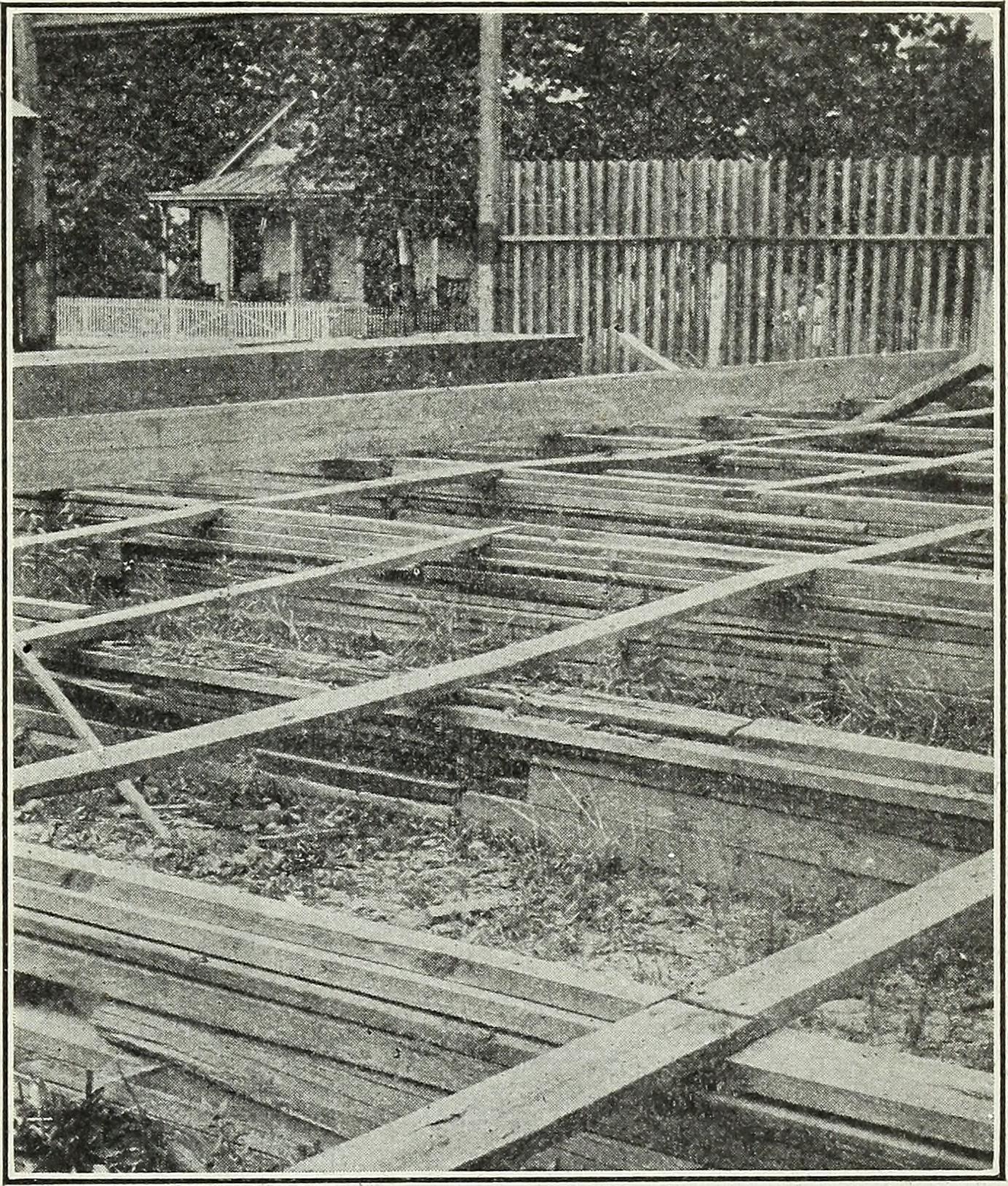This paper examines the Cold War imaginaries that render depictions of technoculture in postsocialist Romania.
Hackerville, a Romanian-German television series debuted in 2018, making headlines as HBO Europe’s first co-international production. The series features a German-Romanian detective who returns to her Romanian hometown to track down a ring of dangerous cybercriminals. Some of these hackers are just kids having fun trying to make quick money, and some are part of a nefarious international cybercrime network. Created by Ralph Martin and Jörg Winger, the series also explores the repressive socialist regime and the secrets it transposes into the present. Most of the first season takes place in the contemporary Romanian city of Timișoara. However, “Hackerville” as a geographic descriptive generally refers to the smaller mountain city of Râmnicu Vâlcea, which in 2011, Wired famously described as “Cybercriminal Central.” Then, in 2015, perhaps as a prelude to HBO’s Hackerville, a short film depicted the dangerous hackers of Râmnicu Vâlcea, entitled, The Most Dangerous Town on the Internet: Where Cybercrime Goes to Hide. Produced by the Silicon Valley cybersecurity firm, Norton Security and directed by Sean Dunne, the film depicts Romanian hackers in dark, communist-era crumbling buildings, threatening to hack the entire planet. Its purpose is to warn viewers of Hackerville’s perilous cybercriminals and to thereby usher them into buying Norton’s Symentec security product – the ultimate technocapitalist plot.
––––
More here.
McElroy, Erin. “‘The Most Dangerous Town on the Internet’ and the Cold War 2.0 Obieg – Magazyn Centrum Sztuki Współczesnej.” Obieg – Magazyn Centrum Sztuki Współczesnej, no. 12, 2019, https://obieg.u-jazdowski.pl/en/numery/the-speed-of-guccifer/-the-most-dangerous-town-on-the-internet-and-the-cold-war-2-0.
Research Areas
